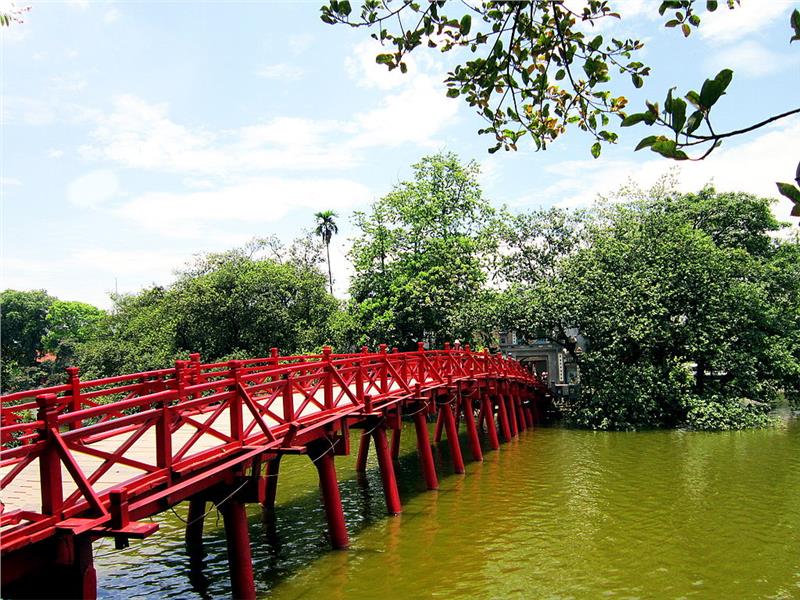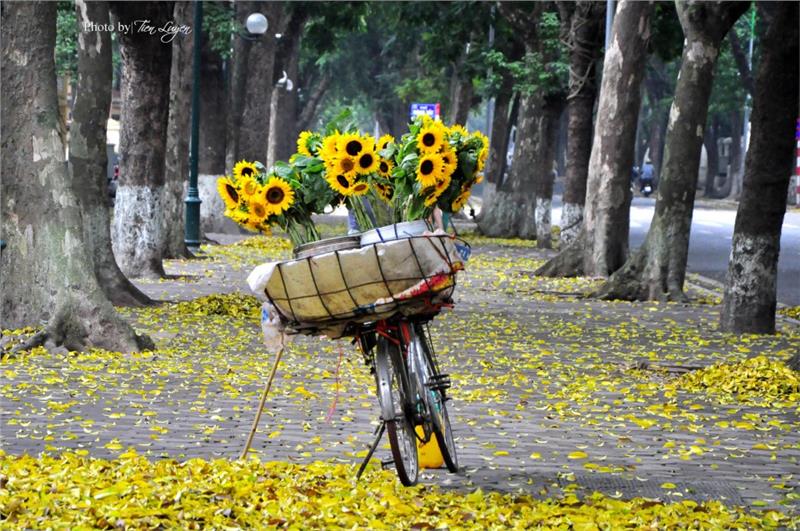Hanoi is located in the northwest of Red River Delta, adjacent to Thai Nguyen, Vinh Phuc, Ha Nam, Hoa Binh, Bac Giang, Bac Ninh, Hung Yen, Hoa Binh, and Phu Tho. The total area of Hanoi is 3324 square kilometers. The topography in Hanoi is lowering from north to south and from west to east. Therefore, Hanoi weather is affected by characteristics of Weather in Red River Delta. Hanoi climate is characterized by changes and differences of two main seasons: hot season and cold season. From May to September, it is hot and rainy season with an average temperature of 29.2 °C. From November to March, it is cold season or winter with dry weather and an average temperature of 15.2 °C. Between the two seasons; there are two transition periods, April and October. Thus, it can be said that Hanoi has four full seasons: spring, summer, fall, and winter. By virtue of changes in seasons, the climate of Hanoi is more diverse, and has its own beauty.

Hanoi climate is typical for weather in Northern Vietnam with features of the humid subtropical climate with hot and rainy summer, cold and less rainy winter. There is less rain at the beginning of the season than that at the end of the season. Located in the north of the tropical belt, Hanoi City receives abundant solar radiation and high temperatures in all year round. And, as for the impact of the sea, Hanoi has a high humidity and rainfall, averaging 114 days of rain in a year. Hanoi weather is characterized by changes and differences of two distinct seasons: hot season and cold season. Hot season in Hanoi lasts from May to September with heavy rain and average temperature of 28.1°C. From November to March, it is cold season or winter with dry weather and an average temperature of 15.2 °C. During this period, the number of sunny days is very low; the sky is often covered by clouds and fog. In February, averagely there are only 1.8 lightening hours per day. Along with two transition period in April (spring) and in October (autumn), Hanoi has all four seasons: spring, summer, autumn and winter. In May 1926, the temperature in the city was recorded at 42.8 °C. In January 1955, the temperature reached the lowest point of 2.7 °C. Hanoi witnessed many changes in climate. At the beginning of November in 2008, northern and central provinces witnessed the heaviest downpour which caused deaths of 18 Hanoians and 3000-billion damage to the city.

Hanoi is situated at the right bank of Da River and both sides of Red River. This is an advantageous position for a political, economic, cultural, and scientist center as well as an important transport hub of Vietnam. Climate in Hanoi is typical climate in North Vietnam characterized by a tropical monsoon climate. The best time to travel Hanoi is in autumn. As during this season, weather in Hanoi is dry and cool, which creates beautiful and romantic scenery. From December to March, weather in Hanoi is cold (10 degrees Celsius) with less rains and humidity. If you travel Hanoi in this time, you will have a chance to enjoy Tet time. If you like drizzling rains with temperature above 20 degrees Celsius, April and May are generally great months to pop in here. Skies are often clear and rainfall is starting to increase but is intermittent. Though rain in Vietnam is characterized as a short but heavy downpour, rain in Hanoi is often drizzle. Thus, do not forget to bring an umbrella for grey days. Yet, in each season, Hanoi is still beautiful in its own way. Traveling Hanoi at any time during a year, you will have interesting experiences.
